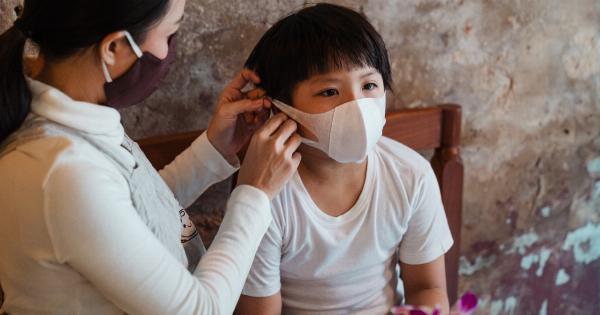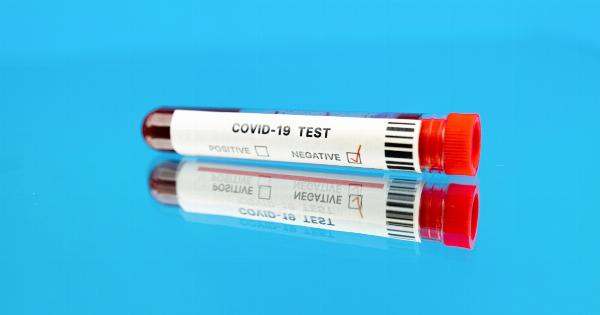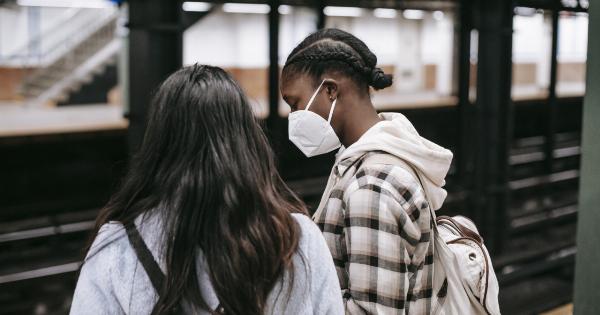The Middle East Respiratory Syndrome (MERS) virus has made news once again as the United States reports its second case. MERS is a viral respiratory illness that was first identified in Saudi Arabia in 2012.
It belongs to the coronavirus family and is believed to have originated in camels.
Understanding MERS
MERS is a highly contagious virus that can cause severe respiratory illness. The symptoms of MERS include fever, cough, and shortness of breath, which can progress to pneumonia and kidney failure in severe cases.
The incubation period for MERS is typically 2-14 days, with an average of 5 days.
Transmission and Spread of MERS
The MERS virus is primarily transmitted from camels to humans. Close contact with infected camels, such as touching, handling, or consuming their raw milk or undercooked meat, can put individuals at risk.
Human-to-human transmission can also occur through close contact with an infected person, such as caring for or living with them.
Since its discovery, MERS has mainly been concentrated in the Arabian Peninsula. However, sporadic cases and outbreaks have occurred in several other countries, often as a result of travel or contact with individuals from affected regions.
The recent second case in the US highlights the potential for the virus to spread globally.
MERS in the United States
The first case of MERS in the United States was reported in 2014, involving a man who had traveled from Saudi Arabia to Indiana. The second case, reported just recently, involves another individual who had also traveled from Saudi Arabia.
Both cases were successfully contained, and the individuals received medical treatment to ensure their recovery and prevent further transmission of the virus.
The US authorities have been vigilant in monitoring and responding to cases of MERS.
They have implemented robust surveillance systems at ports of entry, airports, and healthcare facilities to quickly identify and isolate individuals exhibiting symptoms of the virus. These measures have been crucial in preventing widespread outbreaks within the country.
Prevention and Control of MERS
Preventing the spread of MERS requires a combination of public health measures and individual precautions. Some key preventive measures include:.
1. Practicing good hand hygiene
Regularly washing hands with soap and water for at least 20 seconds is essential in preventing the transmission of MERS. If soap and water are not available, alcohol-based hand sanitizers can be used as an alternative.
2. Avoiding close contact with infected individuals
Avoiding close contact with individuals who are sick or showing symptoms of respiratory illness, such as coughing or sneezing, can reduce the risk of contracting MERS.
3. Avoiding contact with camels
As camels are the primary source of the MERS virus, it is advisable to avoid close contact with them, especially in areas where MERS is known to be present. This includes not consuming their raw milk or undercooked meat.
4. Practicing respiratory hygiene
When coughing or sneezing, it is important to cover the mouth and nose with a tissue or the elbow to prevent the spread of respiratory droplets. The used tissue should be disposed of properly.
5. Seeking medical care promptly
If an individual develops symptoms of MERS, such as fever, cough, or difficulty breathing, they should seek medical attention promptly.
Informing healthcare providers about recent travel history, especially to regions experiencing MERS outbreaks, is crucial for accurate diagnosis and appropriate management.
The Global Fight Against MERS
The World Health Organization (WHO) and various international health agencies continue to monitor the situation regarding MERS closely.
They collaborate with affected countries to strengthen surveillance, develop diagnostic tools, and enhance public awareness and education.
Efforts are also underway to develop a vaccine for MERS. Several potential candidates are in various stages of development and testing.
A safe and effective vaccine would be a significant step in controlling the spread of the virus and protecting high-risk populations, such as healthcare workers and individuals in areas with ongoing outbreaks.
Conclusion
The second case of MERS in the United States serves as a reminder of the ongoing threat posed by this virus. While the risk of a widespread outbreak remains low, it is essential to remain vigilant and follow recommended preventive measures.
Continual surveillance, international collaboration, and advancements in medical research are crucial in the fight against MERS.




























